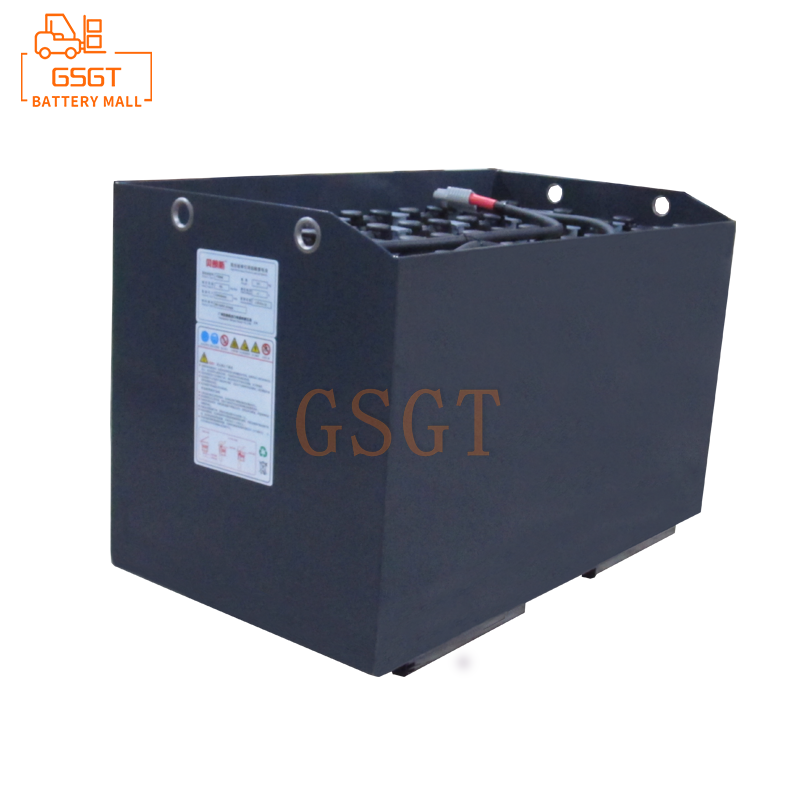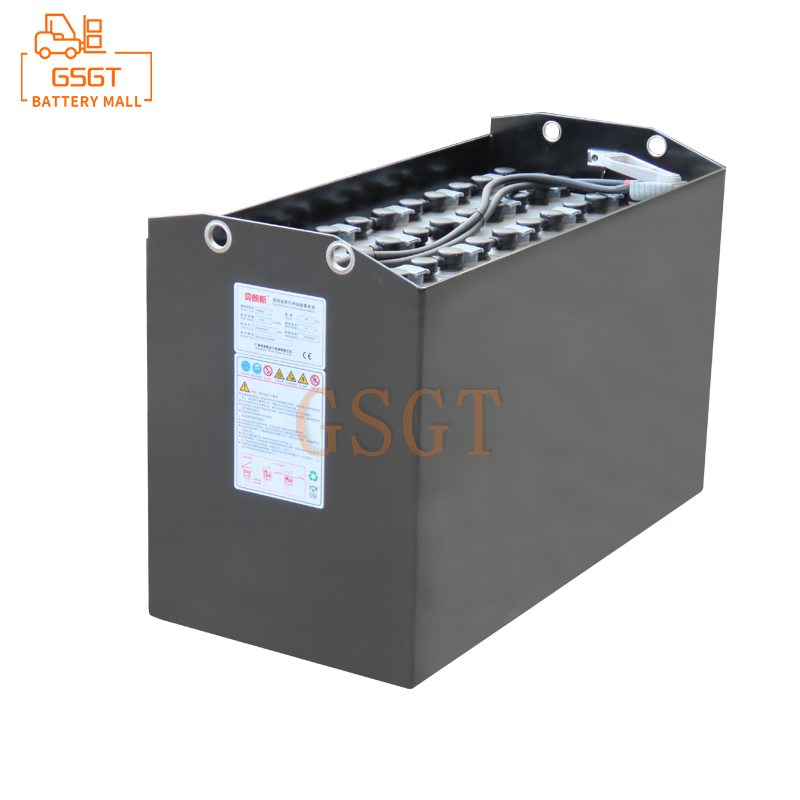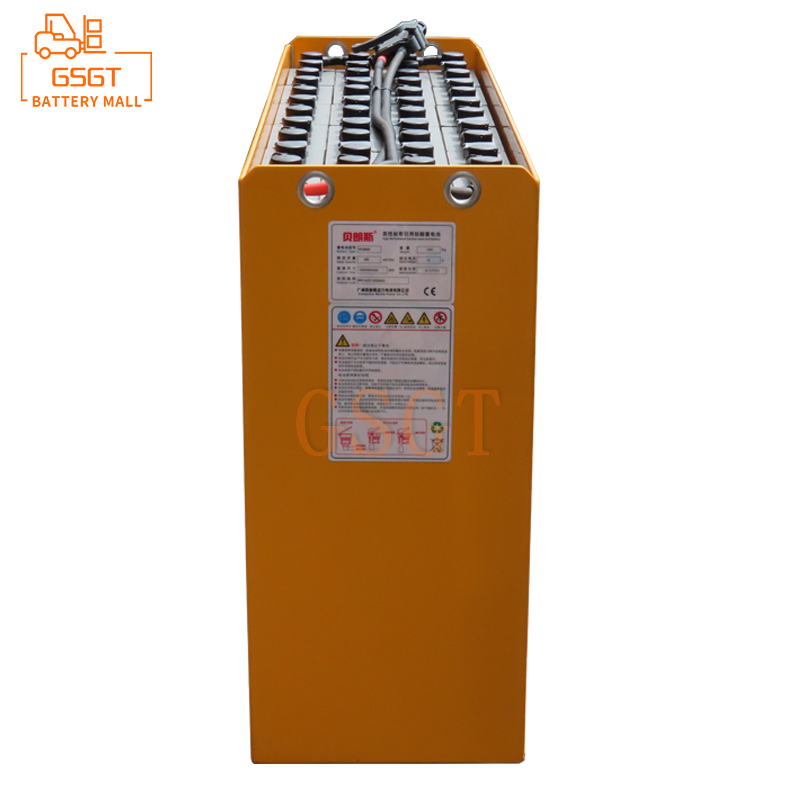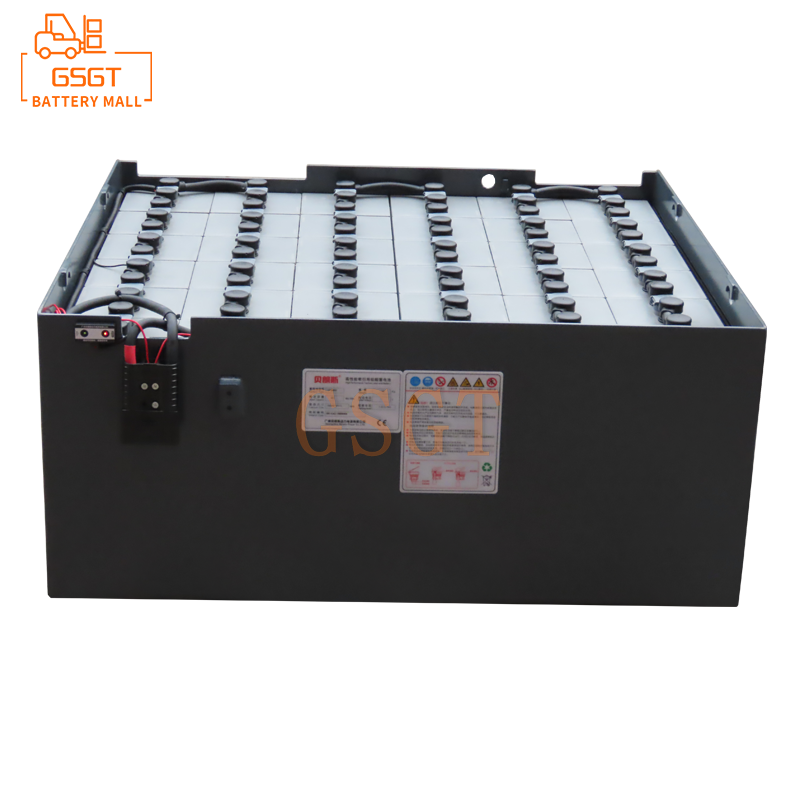Time:2025-03-13 11:05:12
Browse:324
The manufacturing process of lead-acid battery covers three core links: plate manufacturing, battery assembly and formation. When the plate is manufactured, the lead paste is accurately proportioned and stirred to form a stable active substance structure on the grid after coating the plate and curing, laying the foundation for the performance of the battery. In the assembly process, the plate is matched with the separator to seal the battery tank and accurately inject the electrolyte to build a stable collaborative system. The formation process activates the active substance through charging and discharging, monitors the parameters to optimize the performance, and produces qualified batteries after screening. Each link is closely connected, and the fine control and accurate operation of any link is the key to ensuring the performance of lead-acid batteries, extending their service life, and meeting the needs of multiple applications, which jointly support the wide application of lead-acid batteries in energy storage, start-up and other fields.
## Plate manufacturing process: laying the cornerstone of performance
The plate of lead-acid battery can be divided into positive plate and negative plate, and its manufacturing process has a profound influence on the performance of the battery. Plate manufacturing first involves the preparation of lead paste, which is the key initial link. With lead powder as raw material, sulfuric acid, deionized water and additives are added in exact proportion. For example, in order to improve the strength of the plate and the adhesion of the active substance, short fiber additives are often added. In the blender, through the precise control of mixing time, speed and temperature, so that the ingredients are fully mixed, forming a uniform texture, good plasticity of the lead paste, this process is similar to the chef carefully prepared dough, the proportion and stirring degree determines the final quality of the finished product.
The plate coating process follows, and the prepared lead paste is evenly coated on the grid. As the support skeleton of the plate, the grid is mostly made of lead-antimony alloy or lead-calcium alloy, which must have good electrical conductivity and mechanical strength. There are a variety of coating methods, common manual coating, automatic coating machine coating board. Manual coating has high flexibility, but low efficiency and poor consistency. The automatic plate coating machine has high plate efficiency and good coating uniformity, which can ensure stable plate quality in mass production, just as the printing machine accurately prints patterns, ensuring that the coating thickness and quality of each plate meet the standard. After the plate is coated, it enters the curing process, and the plate reacts physically and chemically in a specific temperature and humidity environment to form a stable structure of active substances. The appropriate curing temperature and humidity are crucial, the general temperature is controlled at 40-60 ° C, the humidity is 80%-95%, after a few hours of curing, the plate strength increases, and the active substance is more firmly combined with the grid, providing the basic guarantee for the battery charging and discharging performance.
## Battery assembly process: Build collaborative systems
Battery assembly is the process of combining components such as plates, partitions, and electrolytes into a complete battery. Plate assembly is the initial step of assembly, the positive and negative plates are alternately arranged, and the separator is inserted in the middle. The separator plays a key role in isolating positive and negative plates and preventing short circuit, and its material is mostly microporous rubber, glass fiber or plastic. High-quality partitions need to have good chemical stability, high porosity and suitable pore size to ensure free diffusion of electrolyte while preventing material migration between plates. For example, the porosity of the glass fiber partition can reach more than 90%, which can effectively maintain the electrolyte and improve the charging and discharging efficiency of the battery.
When assembling the battery tank, ensure that the seal is good to prevent electrolyte leakage. The battery tank is generally made of acid-resistant plastics such as polypropylene, which has high strength and chemical corrosion resistance. In the sealing treatment of the tank and the lid, the use of hot melt welding or sealant sealing technology. Hot melt welding by heating the tank and the edge of the lid melt and fuse to form a firm seal; Sealant sealing relies on high-performance sealant to fill the gap and achieve the sealing effect after curing, which is like putting on a layer of protective armor for the battery to ensure the stability of the internal environment. After the sealing is completed, the electrolyte is injected, which is usually sulfuric acid solution with a certain density, the density is generally 1.22-1.30g /cm³, and its concentration and purity have a significant impact on the battery capacity and charge-discharge performance. Precise control of the amount and density of electrolyte injection can make the best performance of the battery, and the injection process must strictly follow the operating specifications to avoid electrolyte splash and pollution.
## Formation process: Activate battery "potential"
Formation is a key process to endow lead-acid batteries with initial capacity and activate active substances. The essence of the formation process is to charge and discharge the newly assembled battery so that the active substance on the plate can be chemically transformed. In the early stage of formation, constant current charging mode is used to charge the battery at a low current, so that the active substance of the plate gradually participates in the reaction, forming an effective electrochemical reaction interface. With the charging process, the battery voltage gradually rises, when a certain voltage value is reached, it is converted to constant voltage charging, and the charging current is gradually reduced to ensure that the active substance is fully transformed and the plate damage caused by overcharging is avoided.
The discharge process is also important, and moderate discharge can optimize the structure of active substances, improve battery cycle life and charge and discharge efficiency. During the formation process, it is necessary to closely monitor the battery voltage, current, temperature and other parameters, and precisely adjust the charge and discharge system according to different battery models and design requirements. For example, for the start type lead-acid battery, the formation and charging current is larger to meet the demand for instantaneous large current discharge; For lead-acid storage batteries, more attention is paid to the control of battery capacity and consistency during the formation process. The battery after formation also needs to be tested and screened to eliminate unqualified products and ensure the reliable quality of the factory battery. Through this process, the battery will transform from a "semi-finished product" into a power supply product with practical value, providing stable power support for applications in various fields.

$3075

$2450

$3810

$4045

MESSAGE
Professional And Efficient
Security
Affordable Price
Professional Services